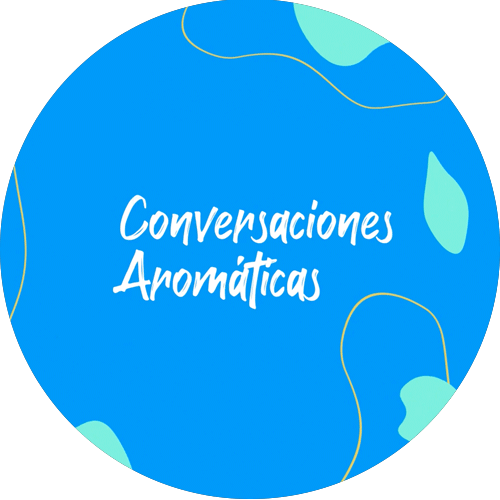Before being presented to our customers, the fragrances created by CRAMER’s expert noses for categories such as beauty care, personal care and household products undergo exhaustive sensory evaluation to not only compare a given formula or alternatives against a standard, but also to measure the intensity of scents, descriptors and olfactory notes.
This responsibility falls on 12 trained judges, in groups of 2 or 3, depending on the type of project and its functionality. These individuals apply samples in sensory booths or small cubicles specially designed for this purpose, hermetically sealed to avoid odor contamination. Here they are exposed to liquid soap, textile softener, liquid detergent and floor cleaner, among other products, for standardized periods of time.
In the case of floor cleaner, for example, the impact, permanence and pleasantness of the fragrance are measured at 0, 2 and 4 hours. But in the specific case of fine perfumery, slightly longer windows of time are considered, up to a maximum of 8 hours.
In addition, for some sensory evaluations, such as wash tests, our team invites a panel of consumers to participate, either at our own facilities or from their homes.
For a good evaluation, the space must always be odor free, thus guaranteeing the impartiality of the test by keeping the nose in neutral. “You can evaluate several fragrances per session, there is no limit, although ideally you don’t want to saturate yourself. If that happens, you need to breathe, try to ventilate the space and seek out your own smell. We smell the inside of our forearm. Once you do this, you can continue evaluating as many samples as you want. For non-experts, exposure should be limited to a maximum of 10 fragrances per day,” explains Carolina Pizarro, Sensory Evaluation Specialist in CRAMER’S Fragrance Area.
This is why CRAMER fragrance professionals are asked to refrain from using perfume, to wash their hands with neutral or mild-smelling soap and to avoid smoking and consuming foods such as coffee just before the evaluation. These activities, including brushing teeth, can be done up to 30 minutes before testing.
As for when to conduct sensory evaluations, our “expert nose” considers morning, when olfactory receptors are clear, to be the best time of day.






